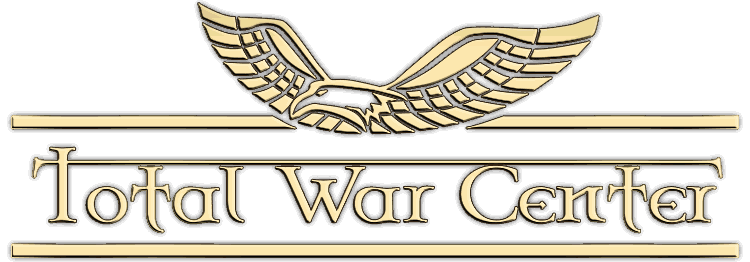;=== INFO FOR THE NEXT GENERATIONS OF MODERS
;---- Buildings conditions and capabilities
;---- Recruitment of units
;---------------------------- CODING RECRUITMENT
;---------------------------- RECRUITMENT POOLS
;---------------------------- HISTORICAL DATES (for reference while coding)
;---- Descriptions of the rosters
;; CURRENTLY: 119 BUILDINGS, planned to be removed 19 (hardcoded limit: 128)
; HIDDEN RESOURCES
; 2 CORE BUILDINGS
;---- Core: city
;---- Core: castle
; 7 BASIC INFRASTRUCTURE
;---- Roads
;---- Agriculture (farms)
;---- Nomads (ex-grassland)
;---- Builders
; 4 POLICIES
;---- Landowners
;---- Local autonomy
;---- Tribute
;---- Justice (gallows)
; 13-3 MILITARY
;---- Barracks
;---- Castle Barracks
;------- Stables
;------- Ranges
;------- Military Academies
;------- Siege Works
;------- Artillery
;------- Armourers
;------- Towers
; 14-9 RELIGION
;---- Catholic
;---- Orthodox
;---- Muslim
;---- Pagan temples
; 8-2 PUBLIC ORDER
;------- City Hall (city)
;------- Taverns
;------- Sports (Bullring, Horse Races, Tourney)
;------- Art (Ikoner, Music, Artist)
; 4 POPULATION GROWTH
;---- Water supply
;---- Bread (city)
;---- Charity (city)
;---- Bimaristan (city)
; 8-1 ECONOMY
;---- Ports
;---- Sea trade
;---- River Ports
;---- Trade
;---- Money (city)
;---- Mines
;---- Mills
; 6-2 EDUCATION
;---- School / Library
;---- Alchemist
;---- Admiralty
;---- Paper
; 16-1 REGIONAL BUILDINGS
;---- Military Orders
;---- Slavemarket
;---- Caravan
;---- Oasis
;---- Ksar
;---- Alcazar
;---- Holy Place
;---- Turbe
;---- Italian Traders
;---- Palazzo
;---- South Italy
;---- Hansa Teutonica
;---- Stavkirke
;---- Kaiserpfalz
;---- Var
;---- Chude
;---- Rus Monastery
; 22 WONDERS
;---- Constantinople
;---- Jerusalem - Holy Sepulchre
;---- Mecca - Kaaba
;---- Cordoba - La Mesquita
;---- Compostela - Santiago de Compostela
;---- Rome - Castel Sant Angelo
;---- Venice
;---- Pisa - Campo dei Miracoli
;---- Rouen - Mont Saint Michel
;---- Paris - Notre Dame
;---- Speyer - Kaiserdom
;---- Wien - Stephansdom
;---- Edinburg - The Rock
;---- London - The Tower
;---- Krakow - Marienkirche
;---- Poznan - St. Adalbertus
;---- Gdansk - The Great Crane
;---- Sigtuna - Uppsala Domkyrka
;---- Ras - Petrova Crkva
;---- Kiev - Zoloti Vorota
;---- Tbilisi - Narikala Fortress
;---- Kernave - Vilnius Castle
; 9 Guilds
;---- Theologians
;---- MASONS
;---- MERCHANTS
;---- EXPLORERS
; 3 OTHER
;---- Technical











 Reply With Quote
Reply With Quote




